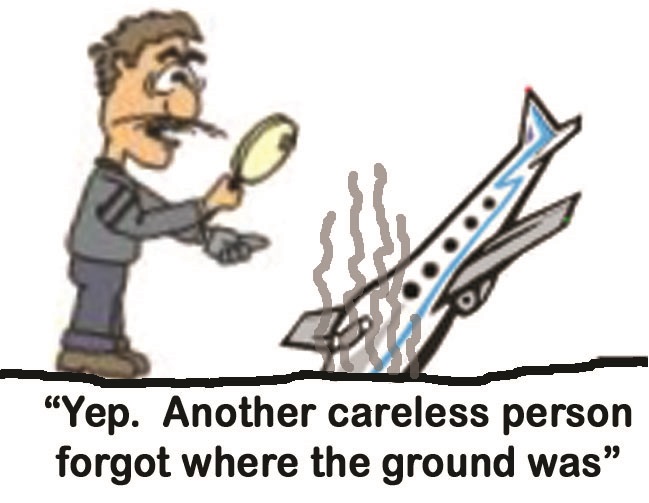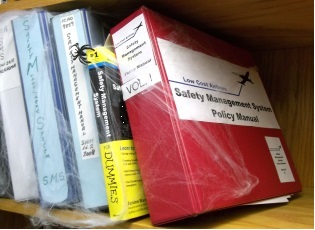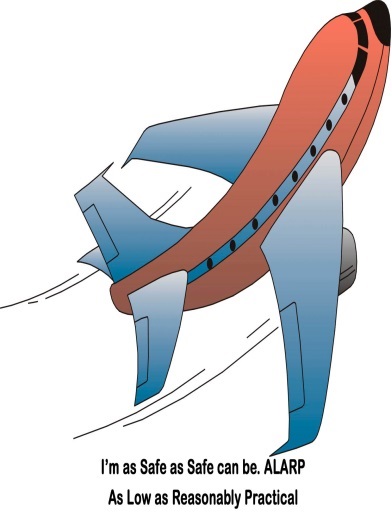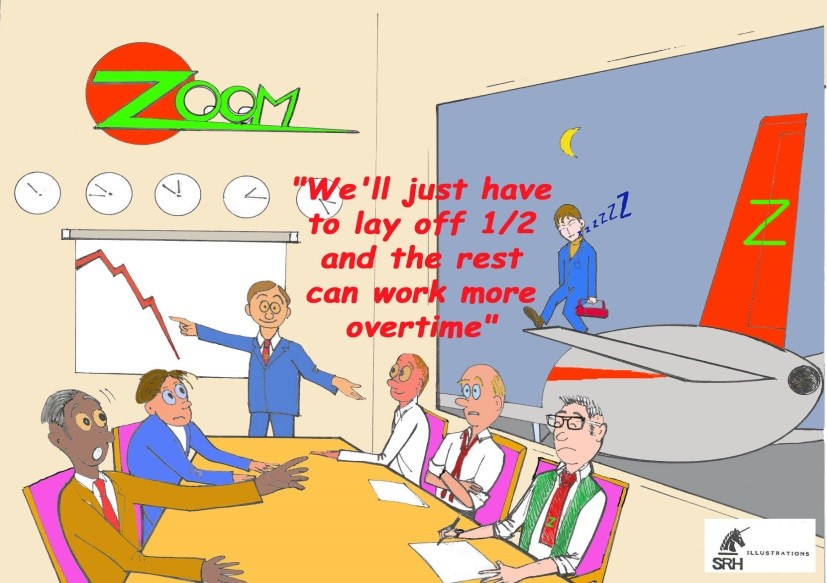Welcome to Safety Culture Part 2.
Hopefully all readers completed the questionnaire in the last issue. If not, I suggest you find it and complete the 20 question determination of your company’s Safety culture. That done, the added up number will provide the following indications:
If your score was between 160 to 200 – Wow that’s hard to believe. Should be a great company to work for. You’re not the CEO by any chance? But keep up the vigilance and don’t get complacent.
If your score was between 110 to 155 – A good score. Keep working at it. There is always room to improve.
If your score was between 60 to 105 – Not too bad but there is a lot of room for improvement. It’s time for management to sit down and form an action plan that involves everyone. Something is not working as it should. Perhaps another gap analysis and/or a Safety review is in order. A review of the results of the questionnaire completed by the whole company could help find some of the weaknesses.
If your score was between 10 to 55 – Not a good position to be in. The Company needs to work seriously on a Safety Management System. To do nothing is inviting disaster down the road and you really don’t want to be there when it happens.
If your score was less than 10 – Unless you’ve been working there less than a week: find a job with another company. The odds of a fatal accident are just too great.
Perhaps some of the policies, practices and procedures are in place but you just don’t know about them. Take the time to find out more about any that you scored a 0 on. We all are part of the solution, even if the Safety culture is dependent on the top management’s values and style.
According to Henry Mintzberg your Culture must have the 3 C’s to be a true Safety Culture. They are:
Commitment – Management’s true motivation and allocation of resources. In other words – “do they walk the talk” or “put their money where their mouth is”. Without their sincere commitment, there can be no true Safety culture.
Competence – Knowledge of how to achieve the organization’s Safety goals. Good intentions are not sufficient to have a Safety culture. This is where a correctly set up Safety Management System (SMS) can provide the guidance toward a Safety culture.
Cognizance – Awareness that it is a never ending battle. Here is where the policies and procedures of a properly functioning SMS will help ensure that it doesn’t just become another “flavour of the month.” SMS helps ensure that the Safety culture is ongoing.
Professor Ron Westrum developed three classifications of organizational culture. I’ve adapted them towards the Safety culture and added two more between Ron’s. In my 55 years in aviation I’ve worked in and with all five. Where does your company fit in?
- Pathological – Accidents are the price of doing business
- Don’t waste time on Safety unless regulated to do so
- Production (Profit) over Safety organization
- Preoccupied with personal power and glory.
- Information & Ideas blocked and controlled
- Information is used to reward or punish
- Failure leads to punishment (I.e. demotion or firing)
- Almost impossible to reform
Tend to shoot the (Safety) messenger

A form of Pathological culture was very common in the past. Any error made resulted in being fired in order to set an example to the rest and to show that the person was “held accountable” for the error. Case closed. Thus, any mistake was hidden for fear of being fired and there were few, if any, “lessons learned” from an accident.
1.5 Reactive – We’ll fix the problem after an accident

- Tends to look at Safety as a necessary evil
- Fails to see the importance of Safety
- Tends to look at Safety as just common sense and acts accordingly.
- Lessons learned come only after an accident
- Will react whenever an incident dictates a need to improve Safety
- May “talk the talk” but fails to “walk the talk” (do)
Tend to see the Safety messenger as a troublemaker
A step up from the pathological, the reactive at least tries to learn from an accident in order to prevent a repeat. This culture may hang up “Safety First” and “Be Careful” signs but fails to provide meaningful training to actually accomplish a Safety culture.
- Bureaucratic – If everyone just followed the rules, we’d have no accidents

- Believes that Safety is simply ensuring that everyone follows the rules
- Preoccupied with rules and departmental turf
- “By the book” organization
- Emphasis is on process
- Information flows only along accepted channels
- New ideas create problems
- Functional in a stable environment
- Dysfunctional in a dynamic environment
- Reform it through the top-down only.
Tend to not listen to the (Safety) messenger
Anyone who works in government likely knows a form of this culture. It tends to feel that any problem can be solved with more rules. Any Safety concern will require a designated multiple page form be filled out in triplicate and delivered to a specific office. After going through several committees a new rule is produced to “solve” the problem. They “talk the talk” but it is difficult to get any Safety changes unless “the top” thinks of it.
2.5 Proactive – We have a Safety problem and organized a Safety committee to deal with it

- Takes Safety seriously but is not sure how to handle it
- Establishes a position or committee to handle Safety
- Management remains arm’s length and delegates the responsibility
- Tends to be looked at as just another “flavour of the month” Safety initiative
- Many employees take a “wait and see” approach
- May look good on paper but little changes.
Tend to believe the (Safety) messenger but are not sure what to do
All too often after a serious accident or threats by the regulatory body to pull their OC (Operating Certificate) a company begins to take Safety seriously. However at this point it is an “add-on” with a lot of good intentions. Policies and manuals are written and a system is put in place – but little changes. It’s as if they gave a big party and no one came. Mintzberg’s second C – Competence can be seen to be in play here. With help and some cases, trial and error and time this culture can move to the next level. Sadly, it’s not uncommon for a culture to remain at this level as it looks good on paper but is not a true Safety culture until it reaches the next level.
- Generative – Everyone is responsible and must do their part to ensure that all Safety risks are ALARP (As Low As Reasonably Practical)

- Makes Safety an integral part of everything the organization does
- Very mission focused
- Flexible organization
- Very performance driven
- Free information flow and new ideas are welcomed
- Uses information and employee intellect effectively
- Emphasis is more on achievement, than process
- Responds well to problems, not so well to processes
- Reform comes from all levels
Tend to encourage the (Safety) messenger
This level has everyone singing from the same Safety song sheet. Human error, responsible for most of an organization’s accidents and costly incidents, is openly and fairly treated as learning opportunities to reduce error.
As I stated in the previous article, I believe that a Safety culture is achieved when:
Ö Safety is treated seriously by the management
Ö all believe that Safety does not have to come at the cost of productivity
Ö Safety is an integral part of the way the company operates
Ö all company employees are trained and encouraged to think and work Safely at all times
Ö Safety goals are set and all work toward their achievement
It is my sincere hope that you work in such a culture as it is the only way we can continue to lower the accident rate. In our next article I’d like to discuss what will assist any organization in developing a Safety culture – a Safety Management System done right.
My email is dupontg@system-safety.com







